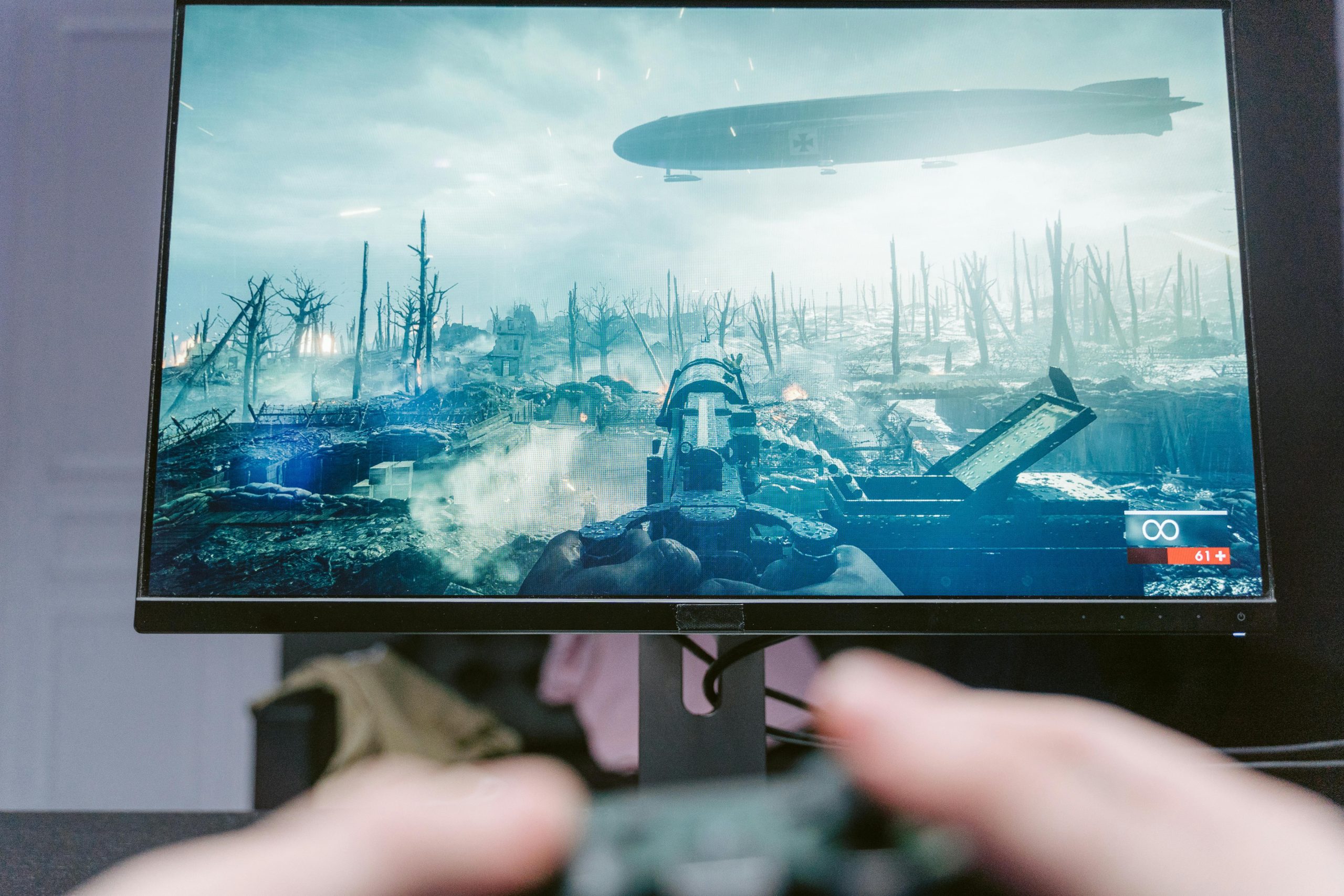Is Purchasing a Refurbished Gaming Laptop a Wise Choice? A Detailed Guide
Introduction
In the rapidly evolving world of gaming technology, having a powerful, affordable laptop can significantly enhance your gaming experience. Recently, a consumer shared their experience of purchasing a refurbished gaming laptop—a move that has become increasingly common among budget-conscious buyers. In this article, we’ll explore the key considerations when buying a refurbished gaming laptop, using this real-world example to highlight important factors and best practices.
Case Overview
The buyer selected an Acer Nitro V—featuring a 15.6-inch display, an Intel Core i5-13420H processor, an RTX 4050 graphics card, 8GB of RAM, and a 512GB SSD—with a purchase price of approximately $563 from Walmart. The device was labeled as “Premium Restored” and classified as refurbished. While the specifications are impressive for the price point, especially the inclusion of an RTX 4050 GPU, the buyer expressed concerns regarding the quality, performance, and longevity of a refurbished product.
Key Considerations When Buying a Refurbished Gaming Laptop
- Understanding Refurbished Labels and Warranty Options
Refurbished products often undergo repair, testing, and certification before resale. Labels like “Premium Restored” typically indicate a high-quality refurbishment process, but it’s crucial to review the seller’s warranty and return policy. A reliable warranty period safeguards against potential hardware issues that may arise shortly after purchase.
- Assessing the Condition and Performance Expectations
Refurbished laptops can vary widely in condition. Check for detailed descriptions or images, and inquire about previous usage and restoration procedures. Since gaming demands high-performance components, verify that the device’s specifications align with your gaming needs, and consider whether thermal management and graphics performance are adequate.
- Potential Risks and Red Flags
While refurbished devices can offer excellent value, red flags include:
– Limited or no warranty coverage
– Lack of detailed refurbishment history
– Visible physical damages or signs of wear
– Reports of poor performance or overheating issues from previous users
- What to Check Upon Arrival
Once the laptop arrives, perform comprehensive diagnostic tests:
– Verify hardware specifications match the listing
– Conduct benchmark and stress tests to assess performance
– Check for physical damages or cosmetic issues
– Ensure all necessary accessories and documentation are included
- Considering Longevity and Future Reliability
Refurbished laptops may have a shorter remaining lifespan than new devices, depending on prior usage and refurbishment quality. Keep
Share this content:



